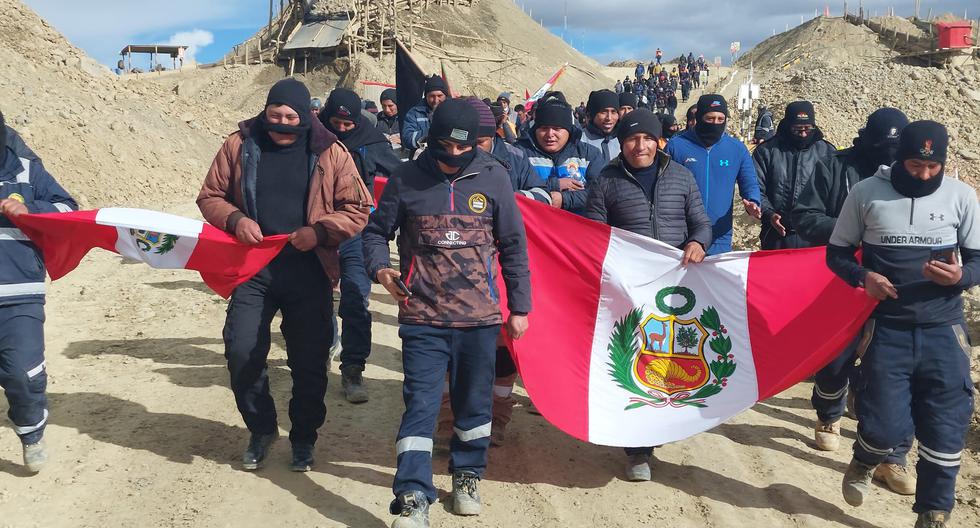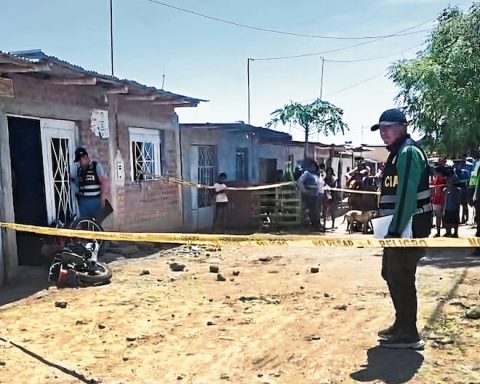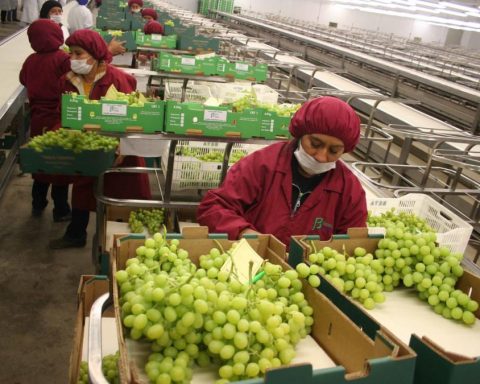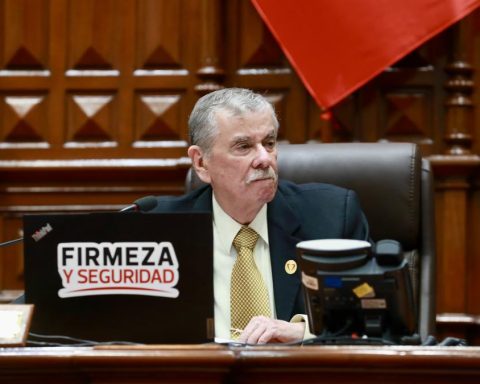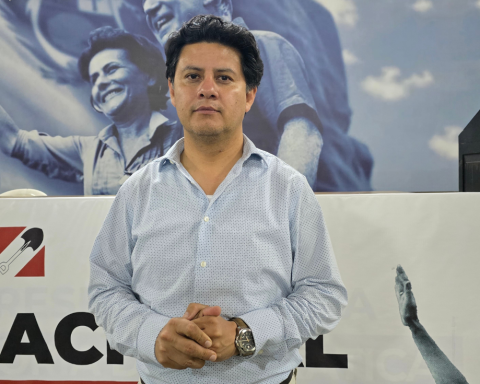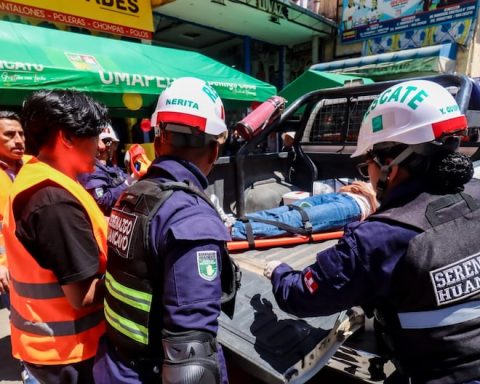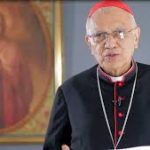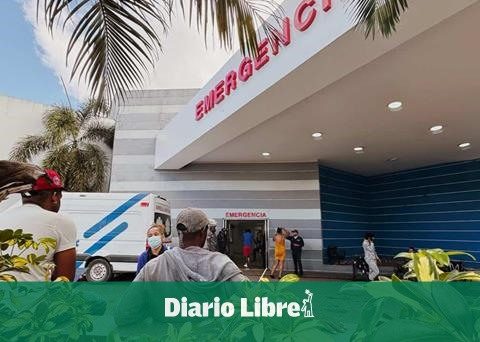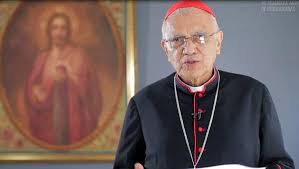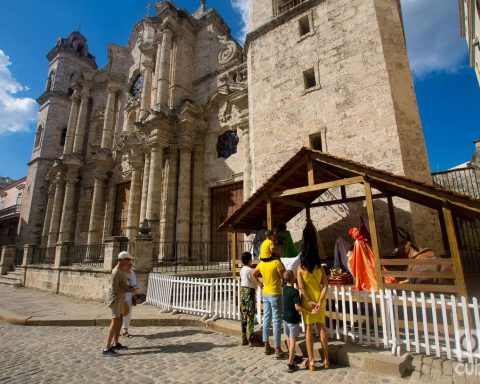By Taxpayers Association
Fist It is the most troubled region of the country. The violence does not stop, neither do the deaths. But this reality goes beyond the political situation. The rejection of President Dina Boluarte by their supposed ‘leaders’ and authorities does not explain all the damage they are inflicting on themselves. Today, Puno seems to want to voluntarily become a kind of region without order, without control and outside the system. What happens in Puno? How can we understand their attitude in the face of the crisis we are going through?
Fist it is today the poorest region. Monetary poverty in 2021 reached 42.6% of the Puno population. It is worrisome that the incidence of poverty has not shown a consistent reduction year after year in recent decades, unlike the national average poverty level, which has decreased. This means that in 2021 Puno was the poorest region in Peru. Extreme poverty had the same trend, with a mixed evolution, reaching 11.40% in 2021.
Fist It is today the worst fed region. Although Puno has a relatively low rate of malnutrition in children under 5 years of age; It is the region with the highest levels of anemia in children under 3 years of age (70.4%), surpassing all other regions of the country. Malnourished children are children who cannot study and therefore will not be productive at work.
Look: Mining: local services contracted by Antapaccay fell 73%
Fist It is a region with a lousy health system. The World Health Organization (WHO) recommends a minimum of 23 doctors, nurses and obstetricians for every 10,000 inhabitants to guarantee adequate service provision. However, Peru is far from this figure according to the latest report from the Ministry of Health (Minsa). Peru has only 13.6 doctors for every 10,000 inhabitants, 9.4 less than recommended by the WHO. Puno has 7.2 doctors for every 10,000 inhabitants (2018).
Fist it is an extremely informal region. At the end of 2020, Puno concentrated 45,618 companies that represent 2.6% of the total formal companies in the country and 45,427 MSMEs. On the other hand, 90% of the labor force in Puno is informal, where workers earn less than S/650 per month on average.
The Aymara culture, according to many specialists, is characterized by being empowered, autonomous, free of external influences. They identify first with their community, then with their traditions, and thirdly with their administrative or political constituencies. If to this deep-rooted, psychological and cultural localism, we add that in Fist there is no State that works, and there is a lot of poverty, a lot of informality, terrible food and health, what else could we expect from a population that does not feel part of the country and that simply has nothing to lose? the task in Fist It is titanic and long-term, but the first step is to annul the leadership of a group of actors that is threatening the population, impoverishing it, and to top it off, for a supposed cause that is increasingly losing meaning and relevance. Let’s hope Puno wakes up and rebels against these leaders who don’t let them work, grow or live their lives normally.
RECOMMENDED VIDEOS
:quality(75)/cdn.jwplayer.com/v2/media/qvFJ4Fvu/poster.jpg)
